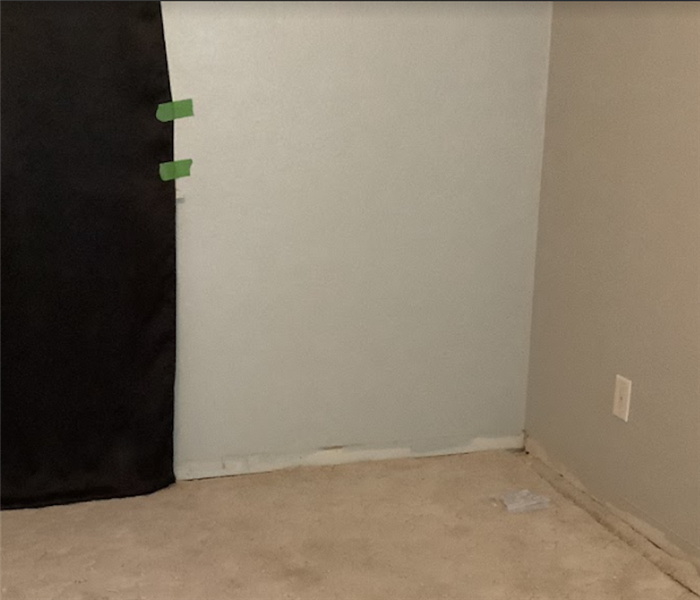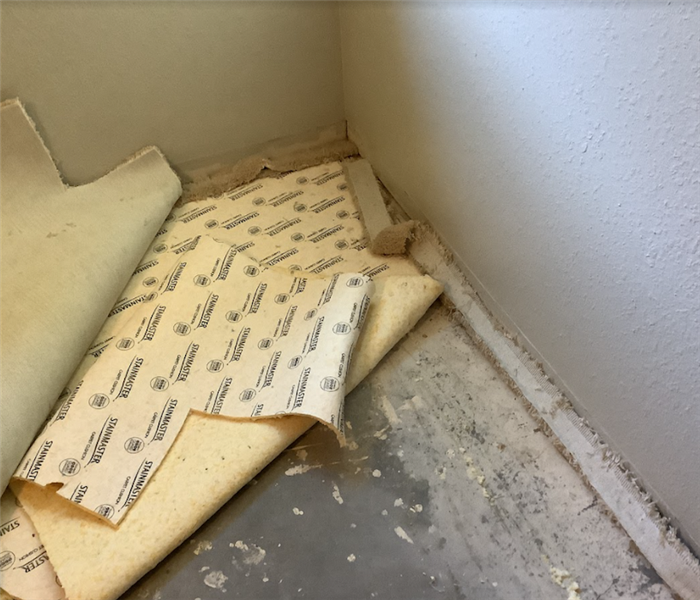
Step 4: Drying and Dehumidification
Our Water Damage Restoration Process
The Importance of Drying After Water Damage Restoration in Dallas
Water extraction is not enough. We receive many calls for service after DIY water mitigation simply because a Dallas home was not dried properly and the homeowner is faced with mold growth. This is a risk that can easily be mitigated by a professional water damage company.
After Water Removal
After the water has been removed, it’s time to dry the structure. SERVPRO of Dallas has IICRC certified staff to create a custom drying plan for your Dallas home. This includes setting professional drying equipment.
- Air Movers. These industrial-grade machines help with evaporation.
- Dehumidifiers / Desiccant. This equipment pumps warm, dry air while absorbing humidity.
- Moisture Detection Equipment. We have professional tools that detect hidden pockets of moisture.
- Daily Monitoring. We visit your property daily to take atmospheric readings and make the necessary changes to reach our drying goal.
- Scientifically Validated Results. All our data is documented and turned into your insurance company to prove the success of the restoration process.
24-Hour SERVPRO in Dallas
Water damage is time-sensitive, and that’s why we are available to help 24-hours a day, 7 days a week. Contact Us with any questions you have. We’ll get in touch shortly.
Preventing Mold After Water Damage
Avoid mold growth after water damage by hiring a professional water damage company. The best way to help prevent mold is to properly and quickly dry your home.
The Water Damage Drying Process
Drying / Dehumidification
Our Professionals will use room measurements, temperature, and relative humidity to determine the optimal number of air movers and dehumidifiers to dry your home or business. We’ll carefully monitor the progress using moisture meters until the materials return to acceptable drying goals.
- Use Dehumidification Equipment
- Use Monitoring Equipment to Track Progress
Monitor Floor and Walls
We check the moisture levels to monitor the drying process.
- Monitor Floors
- Monitor Walls
Drying Equipment
- Industrial-grade dehumidifiers help prevent secondary water damage like swelling and warping of floors, walls, and furniture.
- High-speed air movers create airflow across walls, carpets, pads, and furniture, which accelerates the evaporation of moisture.






 24/7 Emergency Service
24/7 Emergency Service




